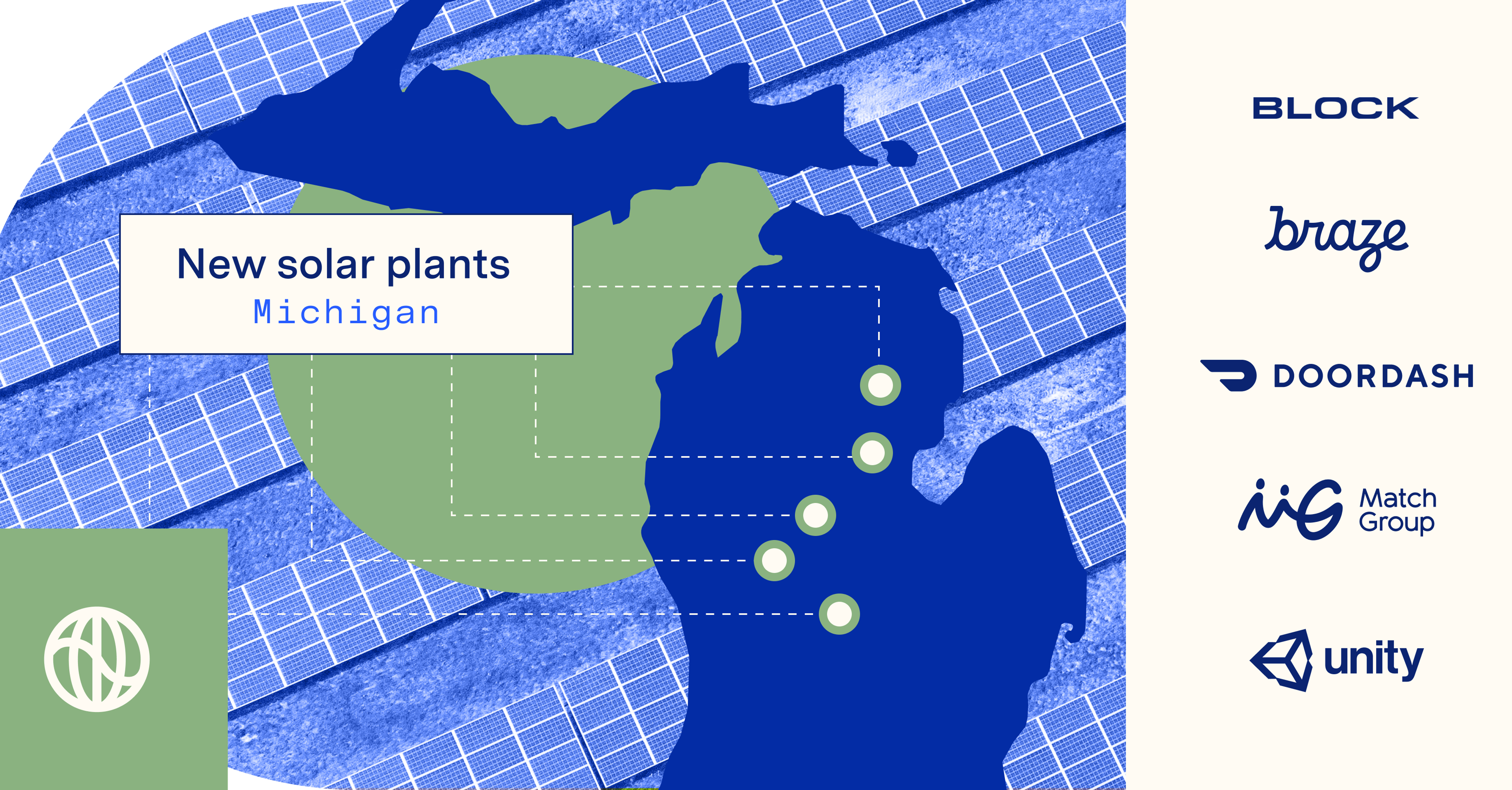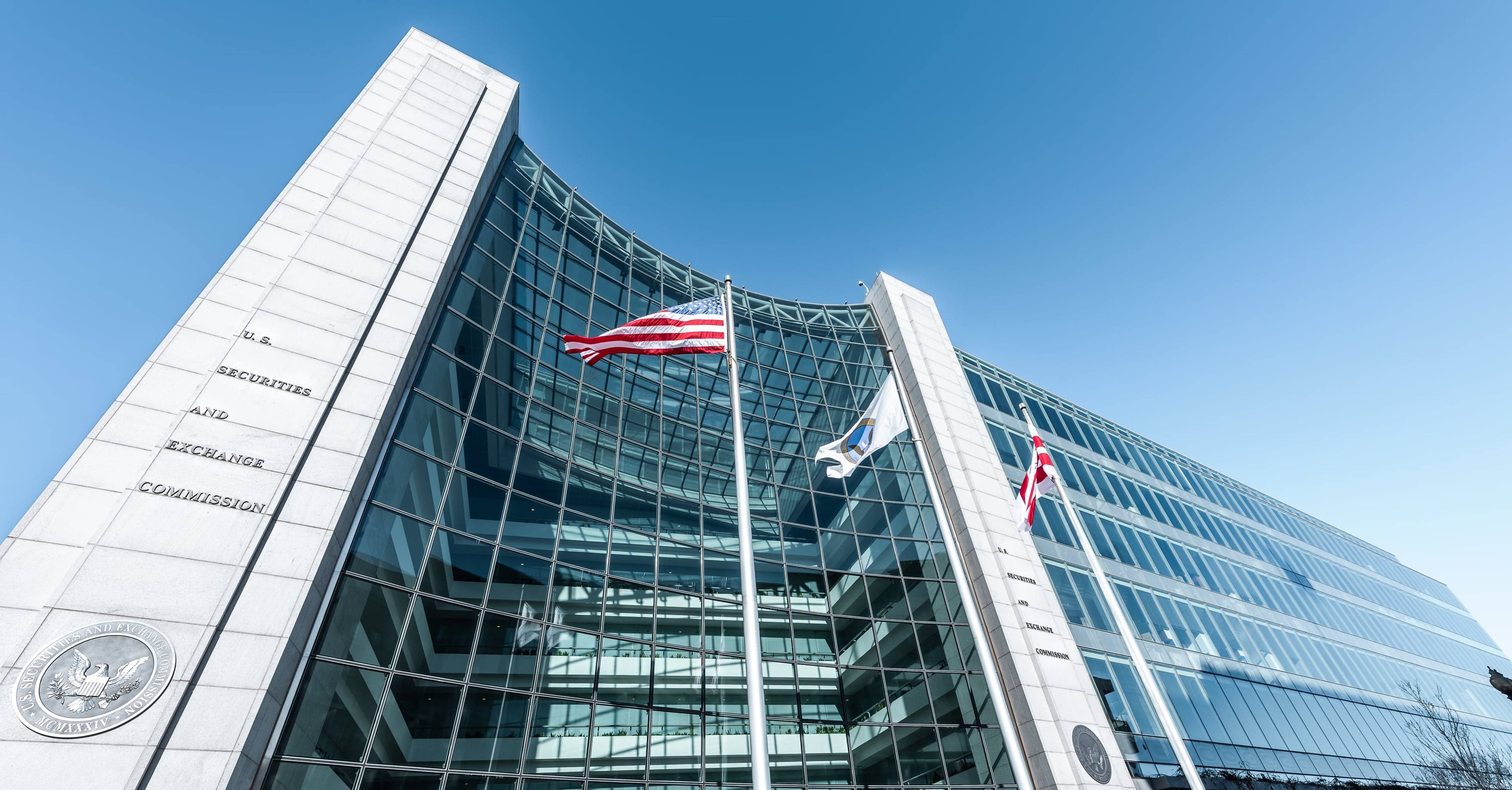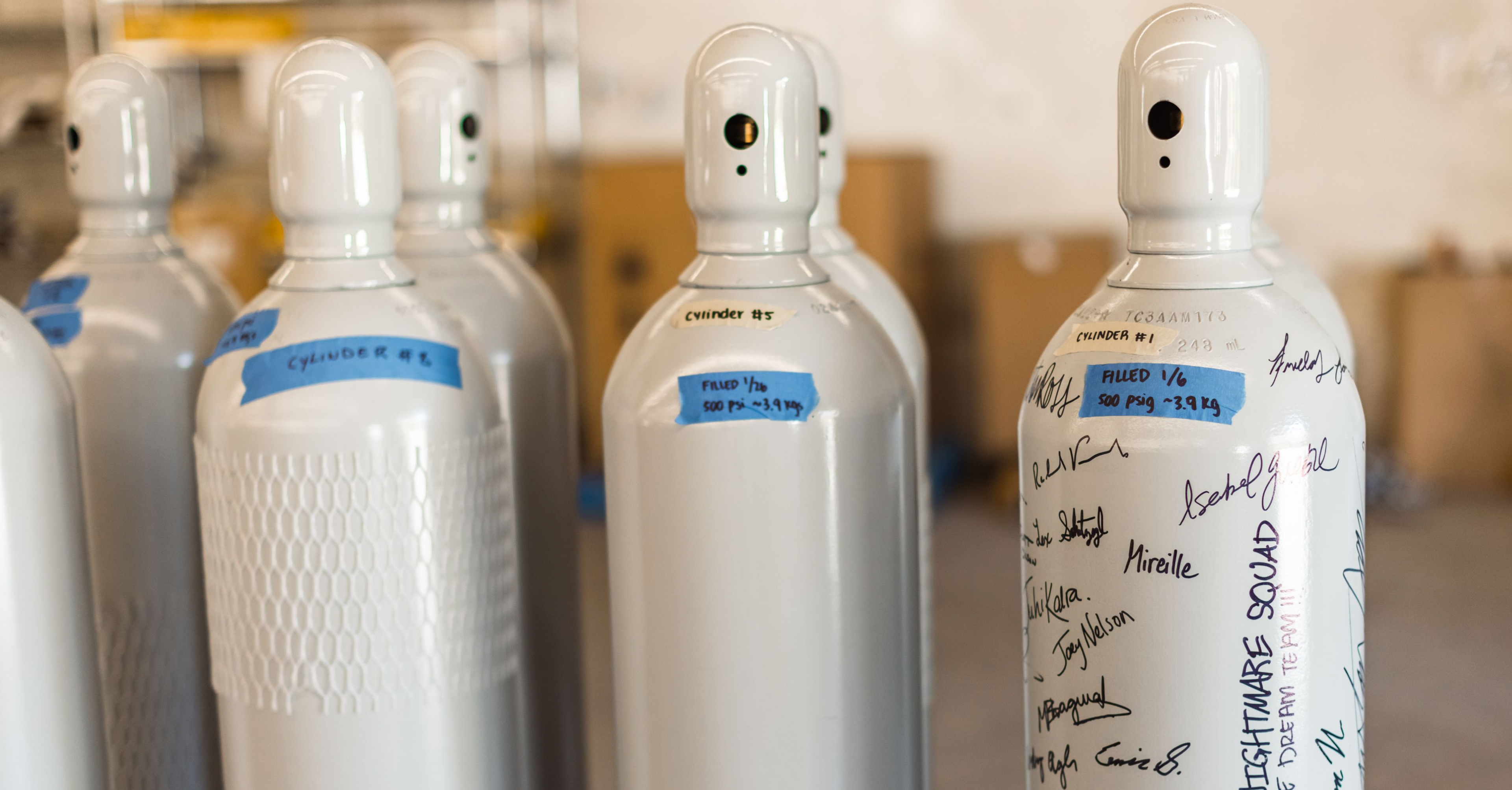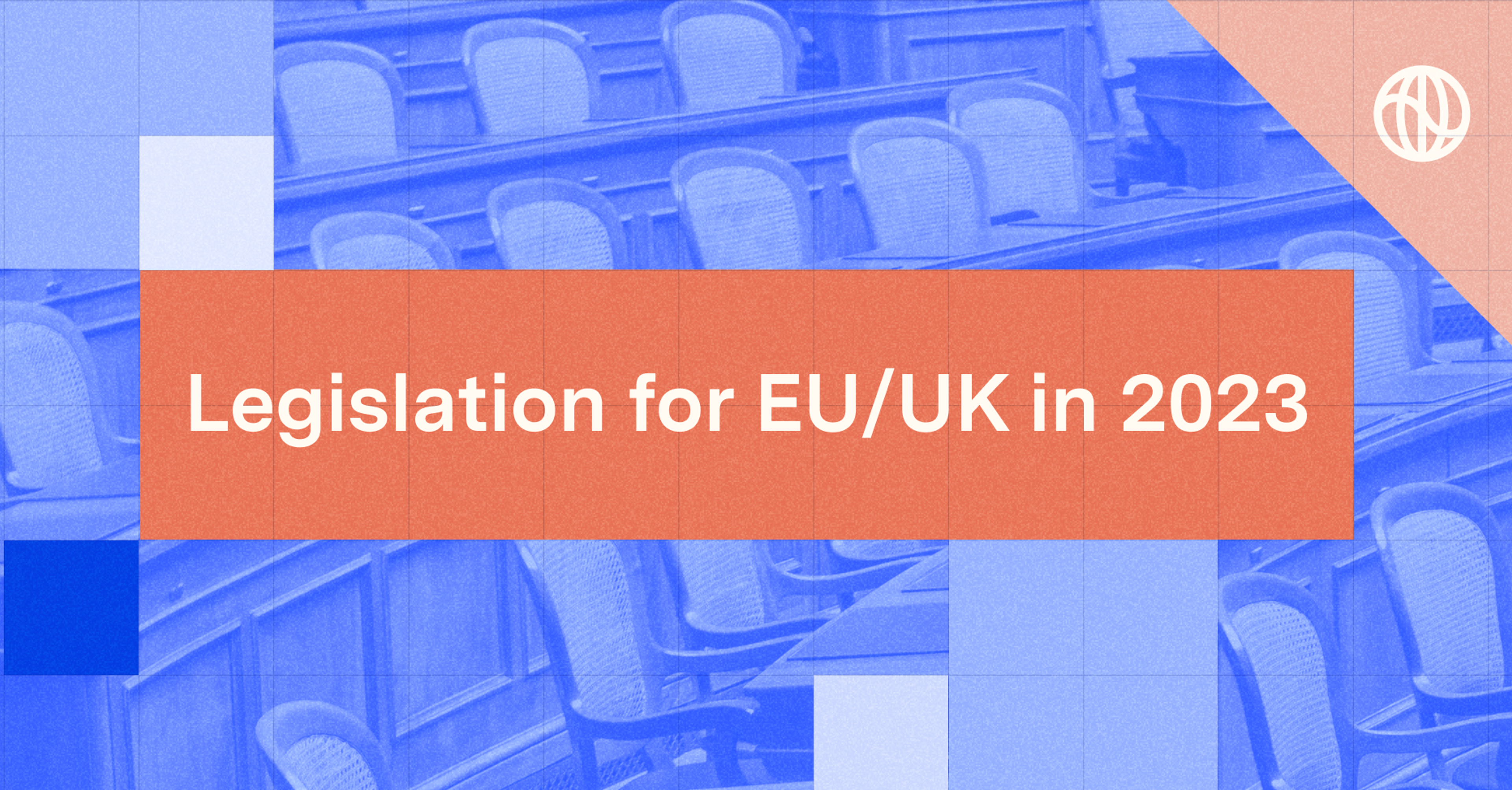The COP26 UN climate summit starts in Glasgow on Sunday, kicking off two of the most important weeks in this decisive decade for climate action.
This guide is a crash-course explainer on what COP is, how it relates to the Paris Agreement, and what to expect from COP26.
What’s COP?
In 1994, a coalition of 154 nations signed the UNFCCC, the first global treaty to frame climate change as a truly joint problem—which the signers agreed to address through an annual Conference of the Parties (COP). Though smaller climate summits now happen every month or two, COP is the marquee event where negotiating teams from virtually every country gather to negotiate deals (like the Kyoto Protocol and the Paris Agreement), check on progress achieving those goals, and push each other forward.
COP21: Paris
Held in 2015 in France, COP21 produced the Paris Agreement, a landmark deal between 196 countries around two big ideas:
- A global temperature target. To prevent the worst of climate change, the world agreed to keep global temperatures “well below” 2°C above pre-industrial levels. (The gold standard based on updated science is now 1.5°C.)
- National emissions reduction targets. Countries agreed to periodically submit a Nationally Determined Contribution (NDC)—a detailed plan of which emissions they’d be cutting, including the how and when.
Paris was a breakthrough because every country committed to a shared temperature target. But Paris didn’t determine how we’d get there. The devil is in the details—or, rather, the NDCs.
These two things were meant to work together. Though NDCs are voluntary, they give the world a shared picture of how all the planned cuts stack up against the reductions actually required to keep the world below the 1.5ºC redline.
Video unavailable: Vimeo tracking consent required
COP26: Glasgow
Per the Paris Agreement, countries must “ratchet up” their NDCs every 5th COP to reflect their “highest ambition” at the time. COP26 is this first milestone, where we get to review all the updated NDCs to gauge how urgent and credible the world’s latest plans are.
Paris was about a big picture goal. COP26 in Glasgow is about how we’re going to get there, and whether we’re on pace to get there in time.
The world entering COP26
So how are we doing against that 1.5°C target? Hitting all the latest NDCs submitted going into Glasgow would put us on course for at least 2.7ºC—or nearly a full degree past the boundary line of what the world’s top climate scientists agree would be “a catastrophic outcome”.

While we’ve seen a recent avalanche of pledges and press releases, we still haven’t reached peak global emissions, we’re still desperately short on firm plans, and we still aren’t moving nearly fast enough. Even if we take the most optimistic pledges at face value (which we shouldn’t!), we’re still deep in the danger zone.
Notably, no single country is doing enough—even the relatively good ones. The UK, host of COP26, has grown their economy 78% over the last 30 years while cutting emissions by 44%. While this is commendable and a good model for decoupling growth from carbon, even that pace has to increase significantly. And most of the world is even further behind.
COP26 agenda
Most importantly, COP is a global check-in. Countries have been racing to greenlight domestic programs that they can take as their reductions bid to the global negotiations in Glasgow. In the US, President Biden has set a target of reducing emissions 52% by 2030, and is currently fighting to pass legislation to deliver those goals. Much of COP26’s success hinges on the progress in national capitals around the world.
These updated NDCs are then scored and added together to give participants a sense of what the right tone is for the discussions—which for Glasgow is that we need to be cutting emissions 7x faster.
More granularly, these meetings have four major focal points:
- Aligning around 1.5°C. Though the science is clear that this is a much safer goal than 2°C, only one country has so far submitted an NDC consistent with 1.5°C. Negotiators will give special focus to nations with the least ambitious NDCs—especially around coal and methane emissions—to get them to agree on 1.5°C at least in principle.
- Rules for a global carbon market. One part of the Paris Agreement’s rulebook is still unfinished: article 6, which outlines how countries ahead on emissions reductions can sell credits to those behind. The challenge is reconciling all the national and regional policies while ensuring that all countries are still pressured to make deep cuts fast.
- Fighting loss and damage. Climate change is already here. We need to halt ecosystem losses, build out warning systems, and improve resiliency in our infrastructure and supply chains. This means arming technical assistance programs like the Santiago Network, and figuring out how to officially incorporate the Green Climate Fund.
- Agreeing on funding. Developed countries promised at COP16 to scale climate support payments to the developing world to $100B by 2020. This still hasn’t happened. Negotiators will try to reach consensus on what fair shares are for each rich country (including their private sectors), and how to unlock that money ASAP.
Will COP26 work?
Here’s the scorecard we’ll be tracking:
COP26 Scoreboard
- Did most countries agree in principle to 1.5°C?
- Did we reach consensus on short-term methane reductions?
- Did we come up with a plan to quickly replace coal in the developing world?
- Did we reach clarity on loss and damage funding mechanisms?
- How much of the promised $100bn will developing nations get in 2022?
- Will there be an official carbon market soon?
Unhelpfully, the world’s top two emitters—China and the US, jointly responsible for ~40% of all global CO2—are entering with less-than-stellar contributions. Failed negotiations in the US Senate have weakened the latest US NDC, and China (whose President, Xi Jinping, won’t be attending) has failed to announce a meaningful plan to deal with their coal reliance.
Even so, one cause for optimism is that there’s deep familiarity in these negotiations now. Many of the principal teams now meet regularly through the year to understand disagreements and sketch out compromises, and often make real progress.
But while these meetings aren’t “just talk”, the UK’s Ed Miliband put it well in that what COP really offers is “an embarrassment mechanism”. And the effective power of this shame and censure ultimately depends on how we vote and pressure our representatives at home.
What companies can do
COP26 is all about switching from big-picture goals to nuts-and-bolts planning. Companies should do the same, using their enormous leverage to drive down emissions fast, both at a corporate level and through their supply chains. But the devil is in the details there too.
If Watershed can help with measurement, planning, or the nitty-gritty of vendor selection, please reach out.









